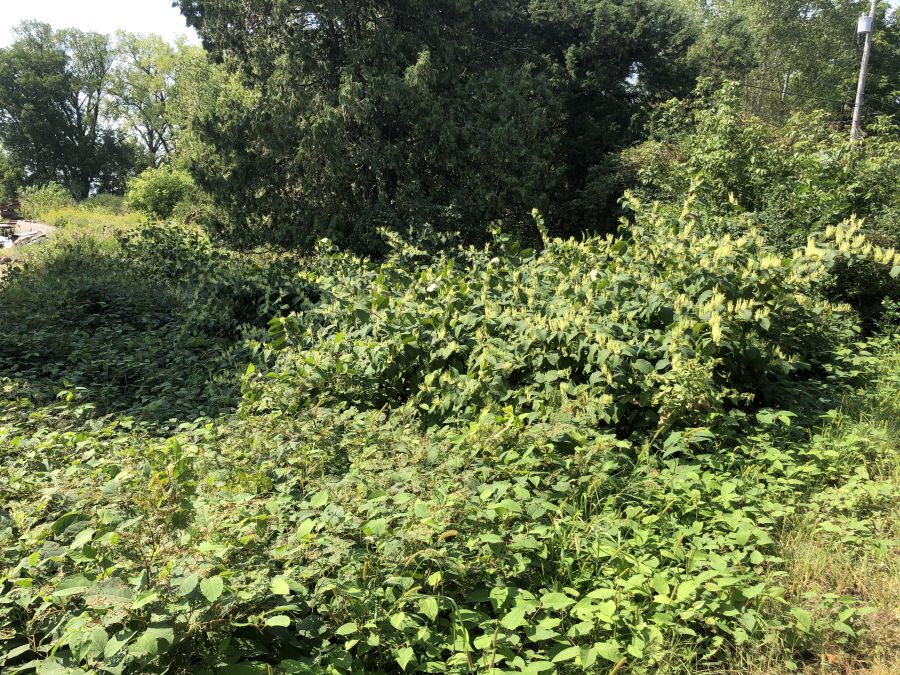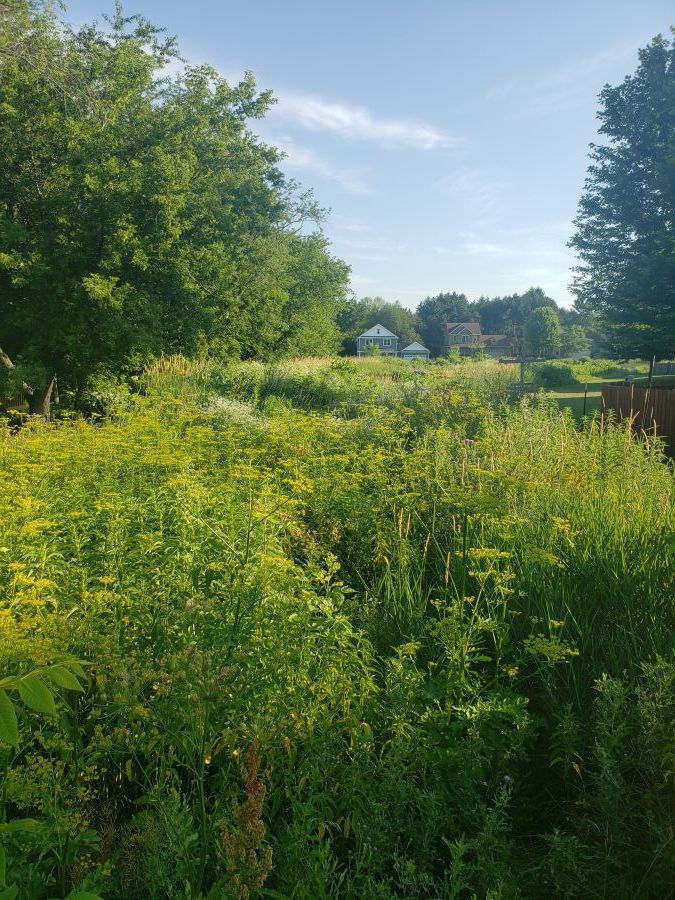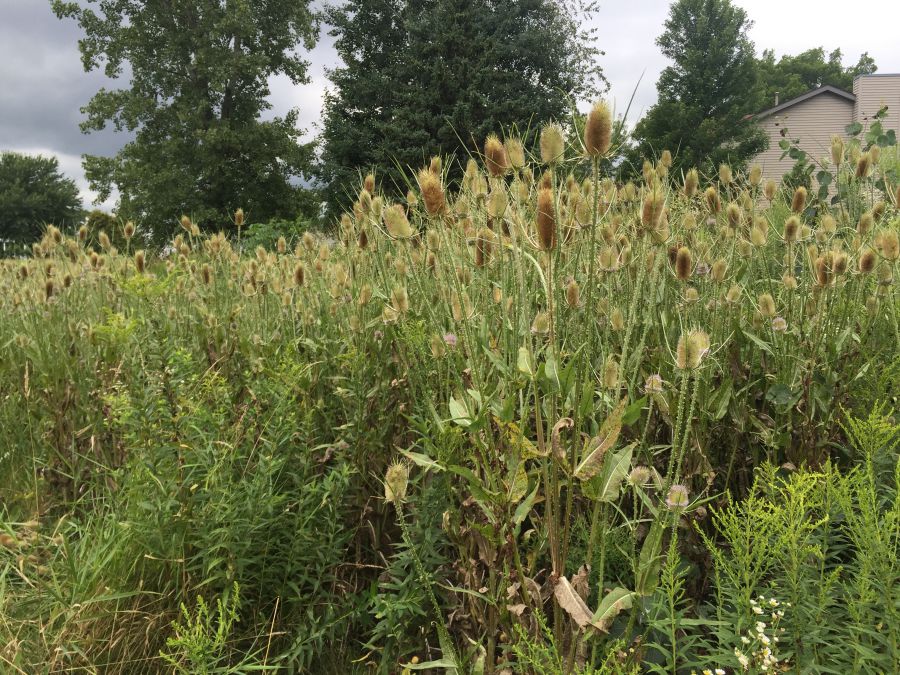Invasive Species
The Invasive Plant Association of Wisconsin (IPAW) defines an invasive plant as “one that invades native plant communities and impacts those native plant communities by displacing or replacing native vegetation.”
Impact of Invasive Plants
Invasive plants are undesirable in our community greenways, yards or natural areas because they can displace native vegetation, cause health issues, and even damage infrastructure. In contrast, we want as many native plants in our community because they improve stormwater infiltration, reduce erosion and pollution and provide wildlife habitat.
Invasive species control is among the most labor intensive maintenance activities performed on stormwater land. Some species are so prolific that total eradication on all sites is impossible. City Engineering staff prioritize invasive species control by species, i.e. the most destructive species may be targeted first; by area, i.e. those areas with greatest native plant diversity or fewest invasive species may receive more control; or by land use, i.e. areas that are scheduled to be reconstructed in the near future may receive more control efforts to prevent spread during construction.
An additional category of invasive species, called “noxious weeds” are defined by Madison General Ordinance 23.29. The ordinance states noxious weeds are “deleterious to human health, can cause significant environmental damage such as stream bank erosion, or can cause significant damage to foundations or other infrastructure.” Listed noxious weeds must be destroyed when found on private and public property. This list is necessarily not comprehensive for all problematic invasive plants, but some noxious weeds of note include:
Japanese Knotweed
A highly aggressive perennial invasive that can grow rapidly to massive size and cause streambank erosion, shade out native wetland species, and damage infrastructure.

Wild Parsnip
Notable for its ability to produce copious amounts of seed and cause severe burns on contact with human skin followed by exposure to sunlight.

Teasel
A tall plant with a distinctive flower and seed head, this plant spreads readily in wetland areas and is particularly prevalent along roadsides where seeds are dragged by mowers.

Purple Loosestrife
An aggressive perennial that has an extensive root system and causes great damage to waterways.

Control of Invasive Species
When and where possible, City Engineering crews may remove or control the growth of invasive species. Common methods of control include timing mows to cut down invasive species when in flower; manual removal by digging, cutting or pulling; spot herbicide treatments; prescribed burns, and most recently, goat grazing to control invasive shrubs.
Invasive species control is among the most labor intensive maintenance activities performed on stormwater land. Some species are so prolific that total eradication on all sites is impossible. City Engineering staff may prioritize invasive species control by the following criteria:
- Species: the most aggressive, destructive or health hazardous species may be targeted first
- Area: Those areas with the greatest native plant diversity or fewest invasive species may receive more control.
- Land Use: Areas of highest public use or areas that are scheduled to be reconstructed in the near future may receive more control efforts.
